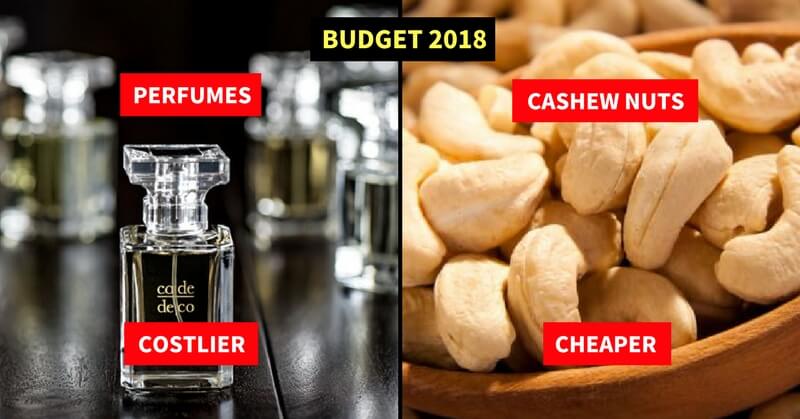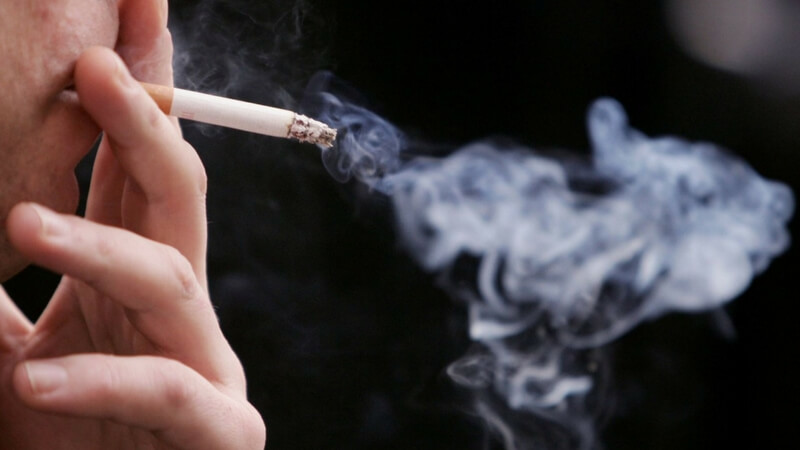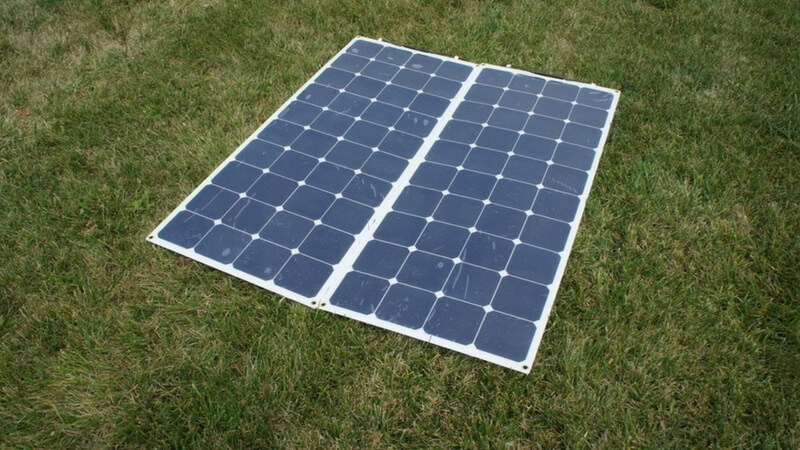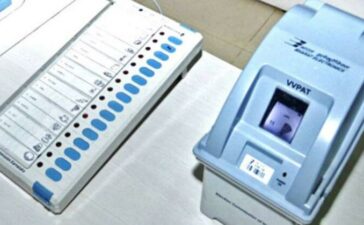Is this year budget blessing for people? Are you all happy? Have you seen which of the things got cheaper and which of the things got costlier? Although Finance Minister Arun Jaitley refrained from making major alterations in indirect taxes, keeping in sight the implementation of Goods & Services Tax (GST) later in the year, certain commodity prices are expected to waiver. Duties on certain products have been changed in order to encourage or discourage certain patterns of consumption.

Among products whose prices are set to soar up, include gutkha, tobacco, cigarette, paan masala, cigar and cheroots. The excise duty has been raised on all tobacco-based products. Meanwhile, the customs duty on Liquefied Natural Gas (LNG) and solar energy panels have been decreased, significantly bringing down their prices. The service charge on e-tickets of IRCTC has been waived off.
Which Are The Items Which Will Turn Expensive Following Union Budget 2017:
- The excise duty on unmanufactured tobacco has been raised from 4.2 percent to 8.3. This would increase the prices of beedi and cigarettes.
- The excise duty on pan masala has been increased from 6 percent to 9 percent.
- Cigars, cheroots are expected t cost nearly 12.5 percent more, due to the hike in excise duty.
- Customs Duty of 5 percent would be imposed on LED lights.
- Mobile phones are expected to turn costlier as the customs duty on printed circuit board has been hiked by 2 percent.
- The excise duty on non-filter cigarettes has been raised from Rs 215 per thousand to Rs 311 per thousand.
- Excise duty on aluminum ores and other concentrates raised from zero to 30 percent.
What Turns Cheaper:
- With service tax on e-tickets waived off, it becomes cheaper.
- Customs duty on LNG reduced from 5 percent to 2.5 percent.
- Customs duty waived off on solar-powered glass panels.
- The indirect taxes, including Service Tax, Value Added Tax and other forms of cess would be replaced by GST, targeted to be implemented by July 1. Centre had laid down four slabs of GST – 5 percent, 12 pc, 18 pc and 28 pc. The products of mass-consumption are expected to be categorized under the 5 percent or 12 percent slab.
- Luxury products could be taxed at 18 pc or 28 pc.
Finance Minister reiterated that the focus of the Budget remains to aide the common man and the less privileged section of the society. Controlling the hike in commodity prices appeared as the guiding principle for this year’s Budget, as Chief Economic Advisor Arvind Subramanian stressed in the Economic Survey to maintain the control over inflation.
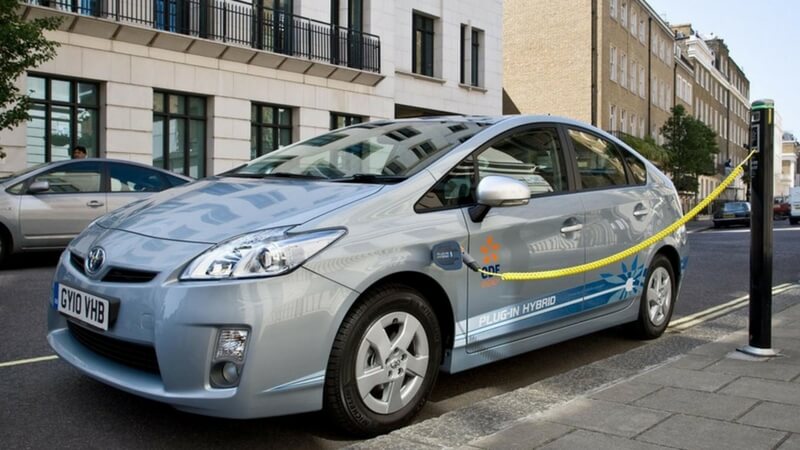
In the previous year’s budget, several items of urban consumption were turned expensive. Due to the imposition of Krishi Kalyan Cess, food in restaurants turned costlier, along with flight fares. The prices of jewelry also escalated since the government increased the excise duty by 12.5 per cent ‘with input tax credit’. Costs of computers, mobiles and electronic gadgets went up as the government withdrew the exemption of Special Additional Duty on printed circuit boards.
Another item of daily consumption whose price was hiked in the previous Budget was cigarettes. The excise duty on tobacco-based products was increased by 10 to 15 percents, in a bid to discourage consumption.
Among the prices of products which were reduced in Budget 2016 included hybrid electric vehicles, sanitary napkins, footwear and insurance schemes. One of the highlights of the previous budget included the tax incentive offered of Rs 50,000 offered on purchase of residential properties ranging between Rs 35 lakh to Rs 50 lakh in terms of value. The rise in prices led to the difficulty in managing expenses yet some people want to live the good life. Here are some of the most expensive homes in the world.


